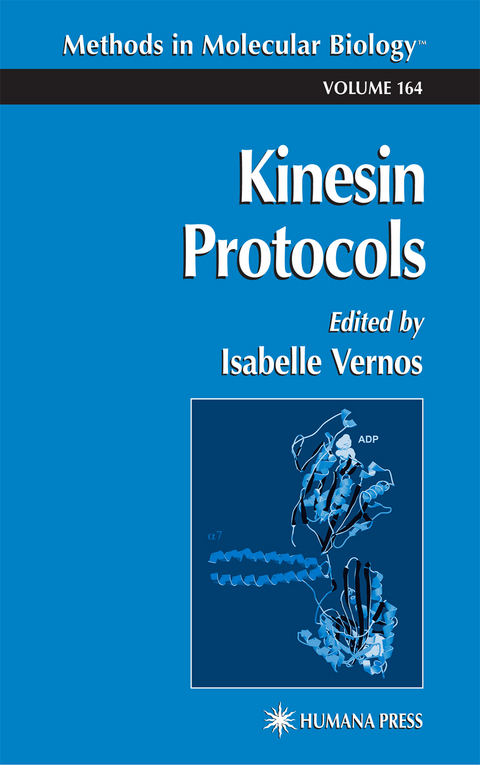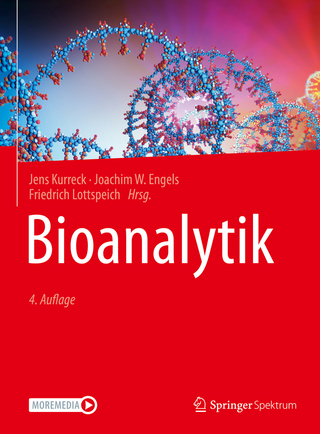
Kinesin Protocols
Humana Press Inc. (Verlag)
978-1-61737-178-3 (ISBN)
Purification of Kinesin from the Brain.- RT-PCR for the Identification of Developmentally Regulated Novel Members of the Kinesin-like Superfamily.- Expression Cloning with Pan Kinesin Antibodies.- Expression of Kinesin in Escherichia coli.- Plasmids for Expression of Chimeric and Truncated Kinesin Proteins.- Preparation of Recombinant Kinesin Superfamily Proteins Using the Baculovirus System.- Assays for Kinesin Microtubule-Stimulated AT Pase Activity.- An Improved Microscope for Bead and Surface-Based Motility Assays.- Use of Photonic Force Microscopy to Study Single-Motor-Molecule Mechanics.- Assays for Microtubule-Destabilizing Kinesins.- Green Fluorescent Protein as a Tag for Molecular Motor Proteins.- In Vitro Reconstitution of Endosome Motility Along Microtubules.- Approaches to Study Interactions Between Kinesin Motors and Membranes.- Microinjection Methods for Analyzing the Functions of Kinesins in Early Embryos.- The Use of Dominant Negative Mutants to Study the Function of Mitotic Motors in the In Vitro Spindle Assembly Assay in Xenopus Egg Extracts.- A Dominant Negative Approach for Functional Studies of the Kinesin II Complex.- Identification of Kinesin-Associated Proteins.- Assaying Spatial Organization of Microtubules by Kinesin Motors.- Crystallization of Kinesin.- Structural Analysis of the Microtubule–Kinesin Complex by Cryo-Electron Microscopy.
"This is a concise but comprehensive book that would be a valuable reference for any researcher who wishes to study this important cytoplasmic motor protein. It would be a valuable book to have in the laboratory as well as a useful reference book in a life sciences library. "-Doody's Health Sciences Book Review Journal
| Erscheint lt. Verlag | 10.11.2010 |
|---|---|
| Reihe/Serie | Methods in Molecular Biology ; 164 |
| Zusatzinfo | XI, 258 p. |
| Verlagsort | Totowa, NJ |
| Sprache | englisch |
| Maße | 152 x 229 mm |
| Themenwelt | Naturwissenschaften ► Biologie ► Mikrobiologie / Immunologie |
| Naturwissenschaften ► Biologie ► Zellbiologie | |
| ISBN-10 | 1-61737-178-5 / 1617371785 |
| ISBN-13 | 978-1-61737-178-3 / 9781617371783 |
| Zustand | Neuware |
| Haben Sie eine Frage zum Produkt? |
aus dem Bereich


